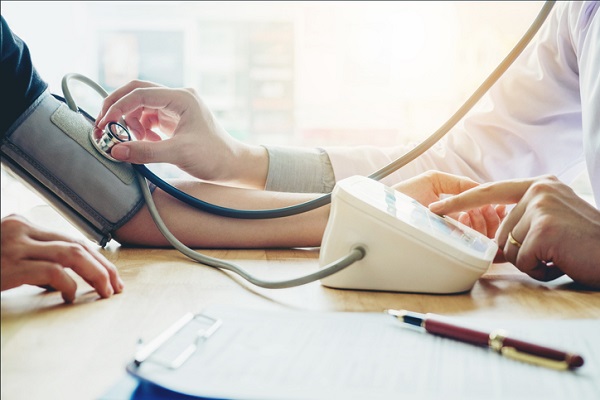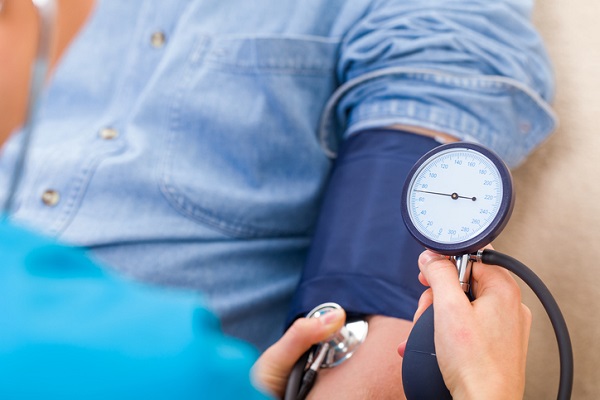
There are over seven million people in Canada right now that live with hypertension. Practical nurses help monitor patients’ blood pressure levels to make sure that they are normal, and to help prevent them from developing potentially life-threatening cardiovascular diseases. Ensuring that blood pressure is monitored to spot signs of hypertension is essential to safeguarding a patient’s health.
Are you looking to cultivate a rewarding and meaningful career as a practical nurse? Continue reading for an overview of how professionals in the field monitor hypertension.
What a Practical Nurse Considers Before Taking a Patient’s Blood Pressure
When taking the blood pressure of patients, experienced practical nurses know to ensure that the current measurement aligns with their baseline reading. Any significant discrepancy in those readings could indicate a problem, but recent graduates should not be so quick to conclude that the patient has hypertension. In fact, there are numerous external factors that could cause a patient’s blood pressure to spike temporarily.
For example, a patient who is nervous or stressed when visiting a medical office or hospital may exhibit high blood pressure readings. Patients who smoked or had a cup of coffee before the procedure may also demonstrate high blood pressure. Even patients who are cold, drink alcohol, exercise, or take medications containing acetaminophen like antidepressants could show elevated blood pressure levels. Therefore, it is important that graduates of practical nursing school communicate with patients to determine what might be causing their blood pressure to spike.
Proper Procedure for Taking a Patient’s Blood Pressure as a Practical Nurse
There are invasive and non-invasive methods for measuring a patient’s blood pressure. The most common method is using an inflatable arm cuff and a sphygmomanometer pressure gauge. After placing a cuff of the appropriate size over the patient’s upper arm, it will be inflated until it closes the brachial artery. Afterwards, the reading should appear on the gauge, or if the practical nurse is using a digital monitor the blood pressure level will be displayed on the device’s screen.

Practical nurses and patients should not be alarmed if they see a high blood pressure level on a single reading, as it may take several to determine whether there is any evidence of hypertension. The practical nurse should take at least three separate readings before they are brought to a doctor for review. Practical nurses can also check for symptoms, such as chest pain, headaches, and shortness of breath, which can also indicate dangerously high blood pressure.
How Professionals with Practical Nursing Training Spot Hypertension
Whenever a professional with practical nursing training takes a patient’s blood pressure, a normal level usually has a systolic measurement of below 120 millimetres of mercury (mm Hg), and a diastolic reading of less than 80 mm Hg, but even then those measurements can vary from patient to patient. A reading that is significantly higher than that might be an indication of hypertension.
Hypertension can come in three stages, starting from pre-hypertension to a hypertensive crisis. Hypertension stage 1 typically has a systolic reading of 130 to 139 mm Hg, with a diastolic reading up to 89 mm Hg. Stage 2 hypertension presents a systolic blood pressure reading of over 140 mm Hg and diastolic of 90 mm Hg or more, which is serious and the patient should be closely monitored.

Anything higher than 180 over 120 is a hypertensive crisis and should be addressed immediately, as blood pressure levels this extreme can damage blood vessels or lead to a stroke, heart attack, and even kidney failure. Practical nurses should notify the attending physician, who can then determine whether the hypertensive crisis has caused any damage to the patient’s organs and begin treating them with antihypertensive medications.
Are you ready to start your practical nursing career?
Contact Discovery Community College for more information!

